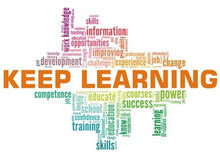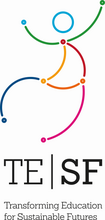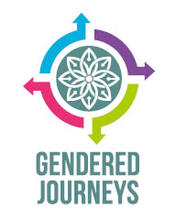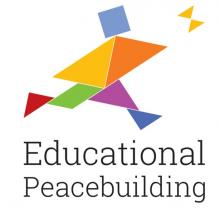We are pleased to send you Cedefop's latest Briefing Note Career guidance in unstable times for you to download in your preferred language (Spanish, German, Greek, English, French, Italian, Latvian, Polish and Portuguese) and format (Pdf or eBook optimised for tablets and smartphones).
[English version featured below]
Please find below direct links to our three previous Briefing Notes:
Post date:
Thursday, 29 January, 2015













Latest Comments